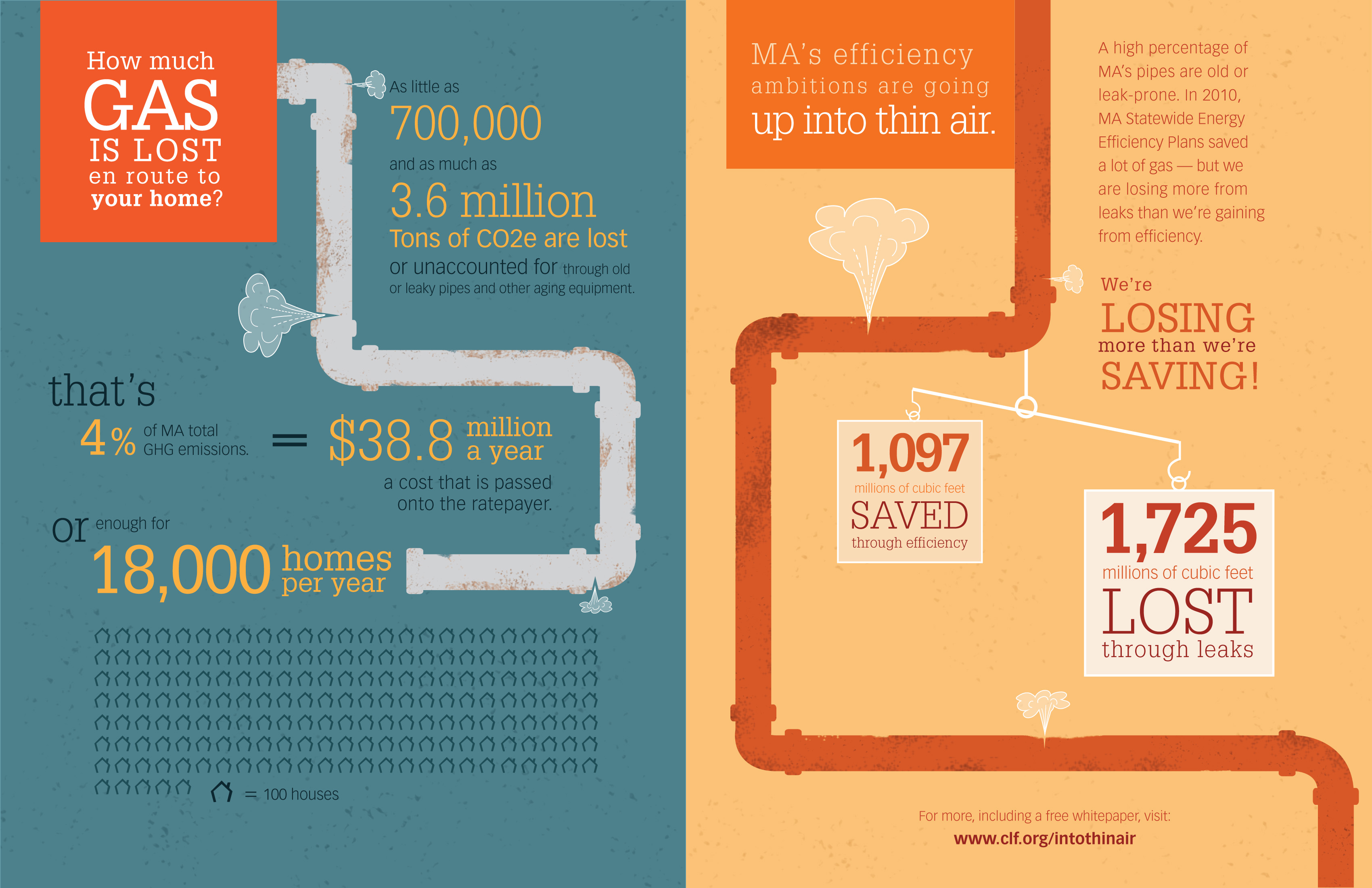Solar Power Vs. Conventional Energy Sources: A Detailed Contrast
Solar Power Vs. Conventional Energy Sources: A Detailed Contrast
Blog Article
Post Writer-Topp Blum
When assessing the feasibility of solar power versus traditional energy sources, you might find yourself contemplating the long-lasting sustainability and effect on your financial resources. The complex equilibrium between initial prices, ongoing costs, and environmental ramifications raises crucial questions concerning the future of power generation. As you navigate via the intricacies of this comparison, a much deeper understanding of the subtleties in cost-effectiveness, ecological stewardship, and power safety and security awaits exploration.
Cost-Effectiveness Contrast
When contrasting the cost-effectiveness of solar power with typical energy resources, it comes to be evident that preliminary investment differences play a critical function in determining long-lasting cost savings.
While solar power systems need a higher upfront investment for setup and equipment, they use significant long-term advantages that can outweigh the initial expenses. The crucial hinge on comprehending that solar power systems have very little continuous functional and upkeep costs contrasted to standard power resources like nonrenewable fuel sources.
By buying solar power, you can possibly reduce utility expenses over the system's life-span. Additionally, with innovations in innovation and reducing installment prices, solar power has actually come to be more accessible and budget friendly for house owners and companies alike. These savings can gather with time, giving a return on investment that surpasses typical power resources.
Furthermore, solar power systems offer the benefit of power self-reliance and stability against changing energy rates. By utilizing the power of the sun, you add to a cleaner setting and minimize your carbon footprint. Accepting solar energy not just advantages your budget yet also the world over time.
Environmental Impact Analysis
Solar power offers a promising alternative to typical energy resources as a result of its considerably reduced ecological effect. Unlike fossil fuels that emit unsafe greenhouse gases and contribute to air pollution, solar power produces electrical energy without generating any type of discharges.
The process of harnessing solar energy includes capturing sunshine with photovoltaic panels, which does not release any kind of pollutants right into the environment. This absence of discharges helps in reducing the carbon footprint related to energy manufacturing, making solar energy a cleaner and a lot more sustainable choice.
Additionally, the use of solar energy contributes to conservation initiatives by lowering the demand for finite sources like coal, oil, and natural gas. By depending on the sun's plentiful and renewable energy source, we can assist preserve natural habitats, safeguard ecological communities, and reduce the adverse impacts of resource extraction.
Integrity and Power Landscape Assessment
For a thorough analysis of dependability and the energy landscape, it's essential to assess how solar energy compares to conventional resources. Solar power is gaining ground as a trusted and lasting energy source. While typical resources like coal, oil, and gas have been historically dominant, they're finite and add to ecological deterioration.
Solar power, on the other hand, is abundant and sustainable, making it a more sustainable choice in the long run.
In https://10-watt-solar-panel76420.ziblogs.com/30298149/examine-the-prices-and-advantages-of-solar-setup-to-discover-the-economic-leads-that-await-those-who-are-considering-this-renewable-resource-financial-investment to reliability, solar power can be dependent on climate condition and sunlight accessibility. However, innovations in innovation have led to the growth of power storage services like batteries, improving the dependability of solar energy systems. Standard resources, however, are prone to price variations, geopolitical tensions, and supply chain disturbances, making them much less trusted in the long term.
When examining the power landscape, solar energy supplies decentralized energy manufacturing, lowering transmission losses and enhancing energy protection. Traditional resources, with their central nuclear power plant, are much more vulnerable to interruptions and need comprehensive framework for distribution.
Conclusion
Finally, when comparing solar power to standard energy resources, it is clear that solar power provides a cost-effective, environmentally friendly, and dependable choice. With very little functional expenses, potential cost savings on energy expenses, and a substantially reduced environmental effect, solar energy is becoming a more sustainable and secure option. Embracing solar energy can help in reducing greenhouse gas emissions and add to conservation efforts, making it an engaging selection for the future.
